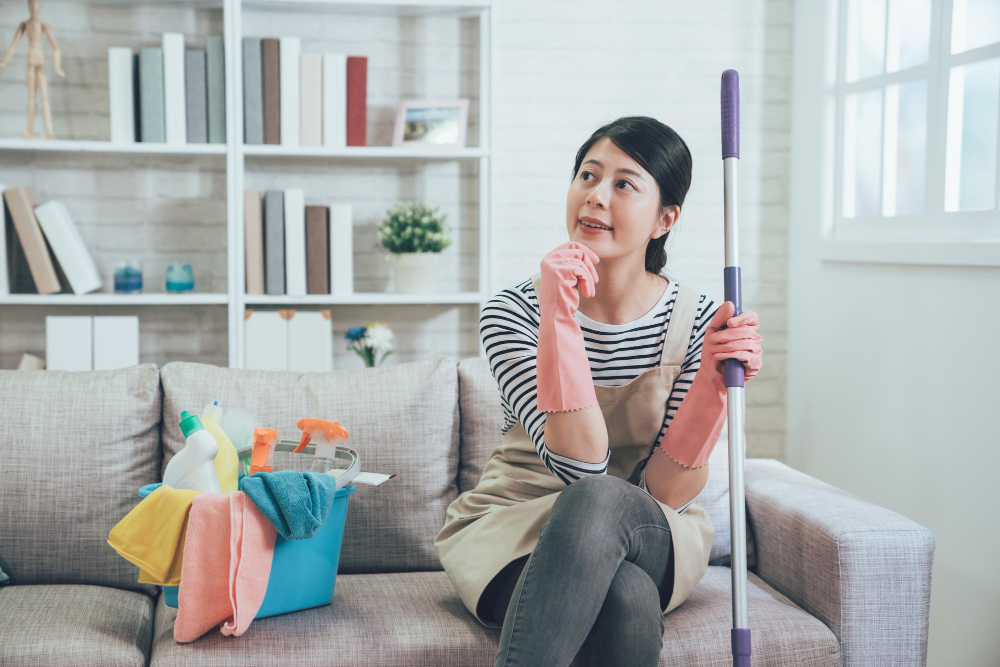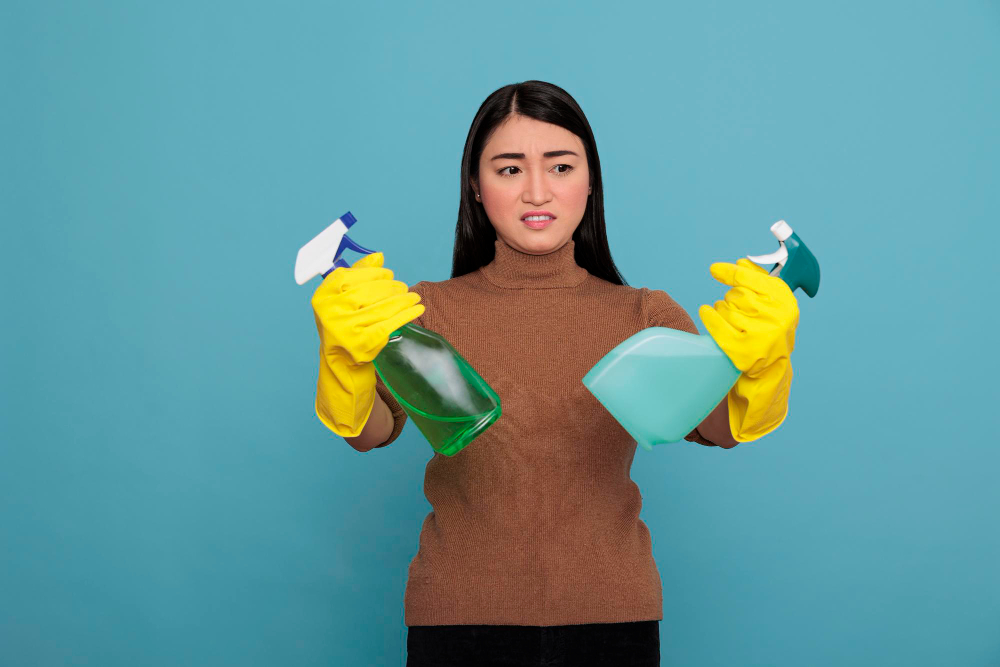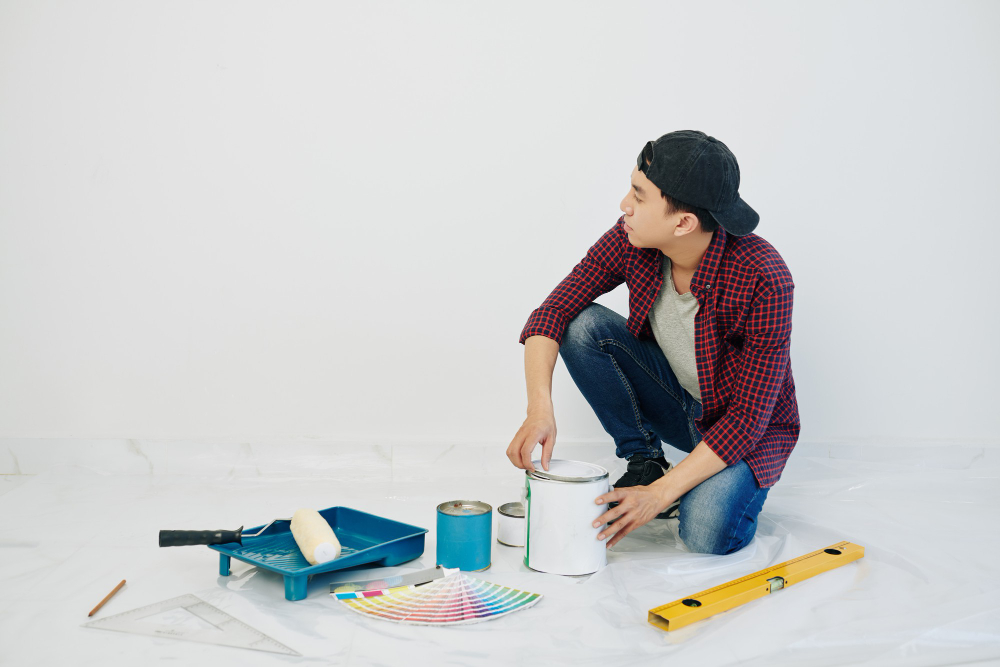Hidden Home Toxins: How to Rid of Them?

There are many potential health hazards that we can encounter in our homes. Some are obvious, such as mold or rodent infestations. Others may be more subtle, such as volatile organic compounds (VOCs) which can come from building materials and furniture.
These hidden toxins can cause chronic health problems and affect your quality of life if you don’t keep them under control. But what are home toxins and how do we eliminate these naturally?
Adverse Health Effects of Home Toxins
Your home is a place where you should feel safe and comfortable. When toxins are present, however, it can be hard to relax. The effects of hidden toxins in your home can be as subtle as headaches or fatigue, or more serious such as cancer. Toxins can also cause respiratory problems, skin irritation, and other health issues. The most common symptoms of home toxins are headaches, fatigue, and sore throats. Other potential symptoms include dizziness, nausea, and nosebleeds. If you experience any of these symptoms, it’s time to look around your house for the source of the problem.
Toxins can be found in many different places in your home: cosmetics and cleaning supplies; paints and other finishes; air fresheners or fragrances; household dust mites; mold spores–and more. These substances may cause adverse health risks if they’re present in large quantities over time. These environmental and lifestyle factors can be fixed with the tips below.
Use natural cleaning supplies and green products
You can eliminate these toxins by switching to natural cleaning products. Green products are a great choice because they’re free of harmful chemicals and fragrances, which can irritate your lungs. Look for products that don’t contain petroleum distillates or ammonia or chlorine, as well as those that don’t use bleach which can be toxic if inhaled.
Some of the best cleaning products are made from natural ingredients, such as vinegar and baking soda. You can also use lemon juice or essential oils for cleaning purposes. Consider switching to non-toxic, natural cleaners. If you do use bleach, make sure that it’s not inhaled. If your home is safe and clean, you’ll be able to breathe easier without worrying about the dangers of toxic fumes.
Avoid products with volatile organic compounds
Volatile organic compounds (VOCs) are chemicals that evaporate at room temperature. They’re found in many household products, including paint and varnish, household pest control products, cleaning products, and furniture polish. VOCs can irritate your skin, eyes, and nose as well as cause headaches, dizziness nausea, and fatigue.
Try to avoid using products with high levels of these chemicals if possible by buying low-VOC versions instead. And don’t forget to ventilate your home after painting–that means opening windows for at least 30 minutes.

Consider using a vacuum cleaner with a HEPA filter.
HEPA stands for high-efficiency particulate air, and it’s a filter that’s designed to trap small particles. HEPA filters are used in vacuum cleaners, air filters, and respirators. They can remove 99.97% of particles as small as 0.3 microns from the air.
If you’re looking for a way to reduce indoor toxins in your home without spending money on new furniture or fixtures, consider using a vacuum cleaner with a HEPA filter (or at least one that has an activated carbon filter).
This will help keep dust mites at bay while also purifying the air around them so they don’t have as much opportunity to grow into full-blown allergies.
Examine the quality of paints and stains used on your furniture.
Paints and stains can contain toxic chemicals, particularly if they’re old. Look for paint products with low or no VOCs (volatile organic compounds), which are released during application and contribute to indoor air pollution. Also, look for paints that are made from natural materials like linseed oil instead of petroleum-based products.
Finally, consider choosing stains over paints so you can avoid solvents altogether–solvents are among the most harmful ingredients found in household products today. If you’re looking for furniture that’s safe for your home, consider buying products made from non-toxic materials like natural wood, bamboo, and cane.
If you have young children in the home, avoid products with flame retardants (which are often linked to cancer). Also, avoid stain-resistant finishes because they contain perfluorinated chemicals that may be harmful.

Test your indoor air quality regularly for toxic chemicals
An important step to reducing your exposure to harmful indoor air pollutants is to test your home for those toxins. Testing kits are available at hardware stores online or in-stores. The most common tests include:
- carbon monoxide (CO)
- formaldehyde
- radon gas
If you have young children or pets who spend time indoors, it’s also worth testing for mold spores and mildew growth. Lead dust is another common cause of poisoning–especially among children–and its presence should always be investigated with a lead test kit if you suspect lead pipes or other sources inside the house may be causing problems with your water supply; this includes lead paint on surfaces like window sills.
There are many types of asbestos still present within older homes built before 1980 so if you live somewhere hot enough year-round then consider getting an asbestos inspection done by professionals trained specifically on how best to remove these toxic materials safely without endangering yourself or others around them during the removal process.
There are many ways to rid your home of toxins. Some methods are more effective than others, but the most important thing is that you take action and do something about it! If you’re looking for something quick and easy, try making some homemade cleaners with ingredients like baking soda and vinegar. These substances are great at removing dirt and stains from surfaces without leaving behind any harsh and dangerous chemicals that could cause harm if accidentally ingested by children or pets.’
If you’re looking for something that’s more permanent and long-lasting, try getting in touch with a professional cleaning company. They’ll be able to assess your property and determine which techniques will work best to remove toxins and other harmful materials from your home.




